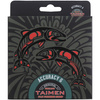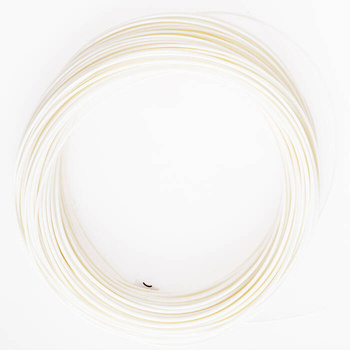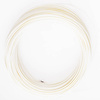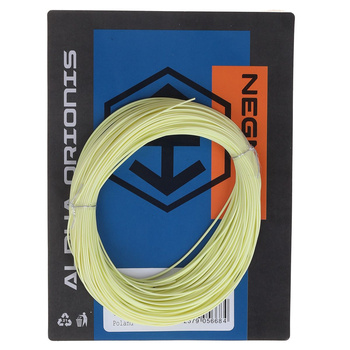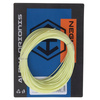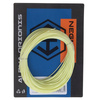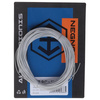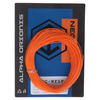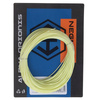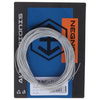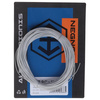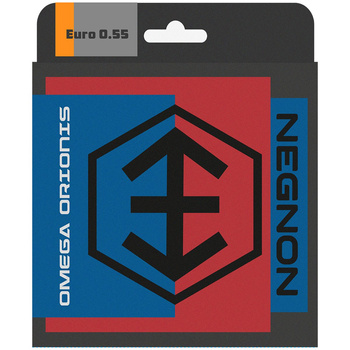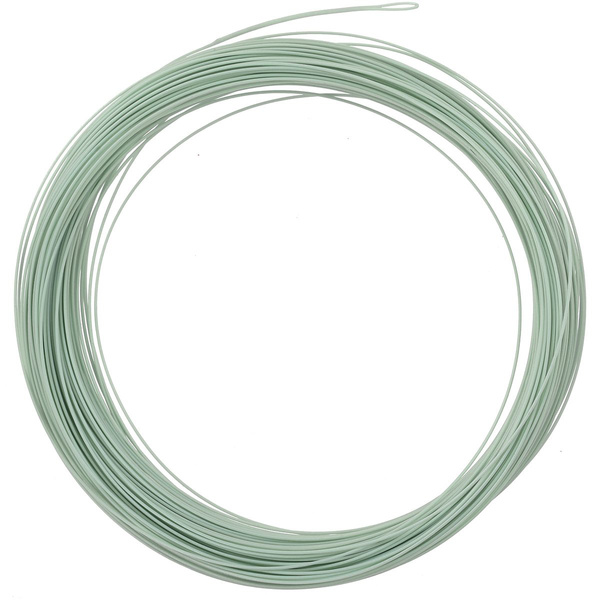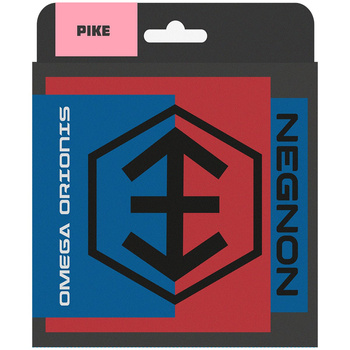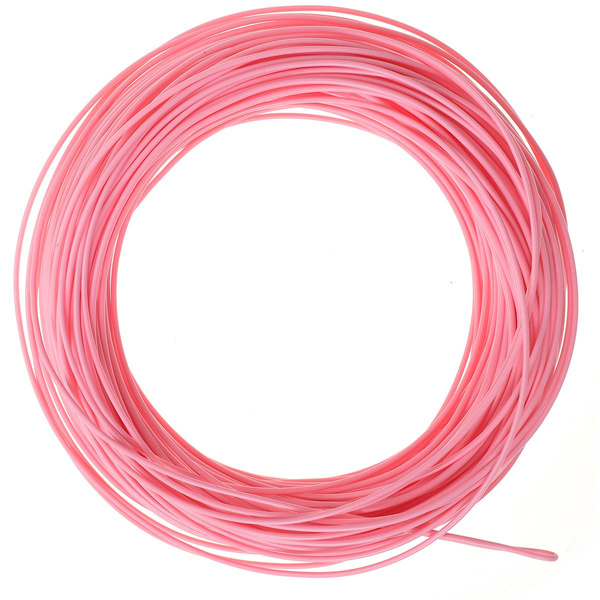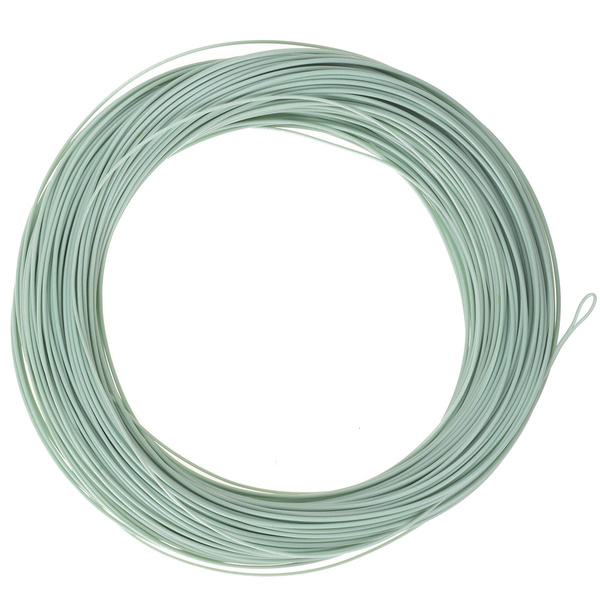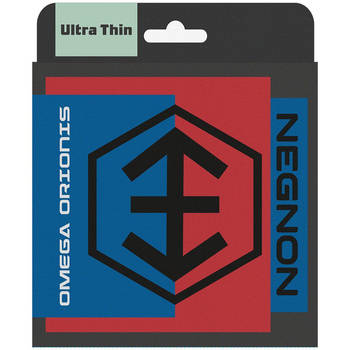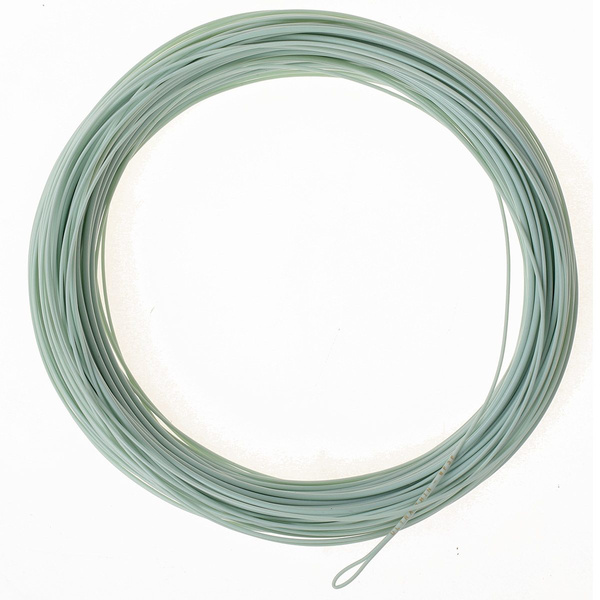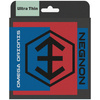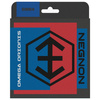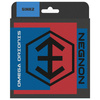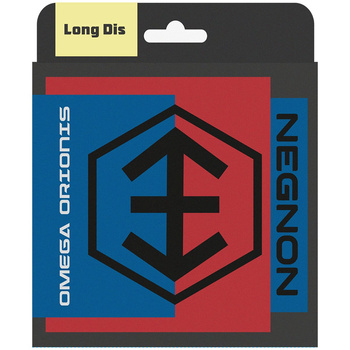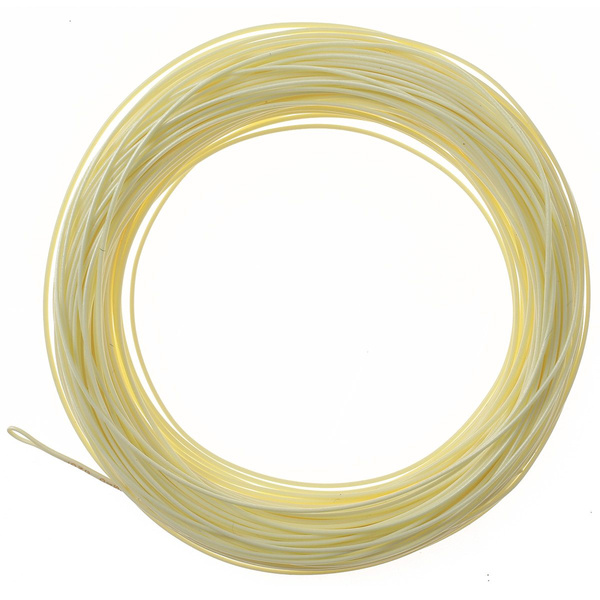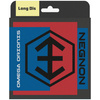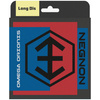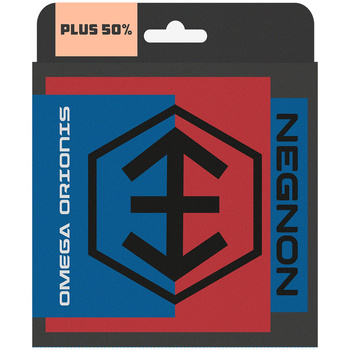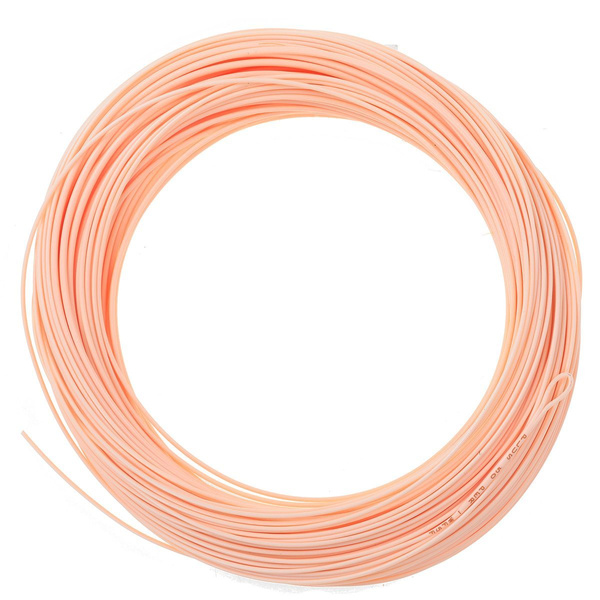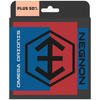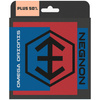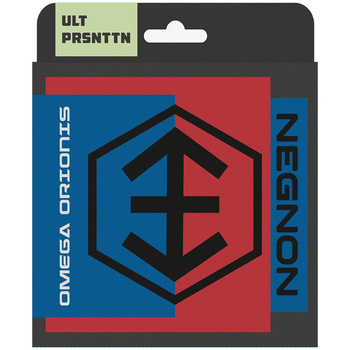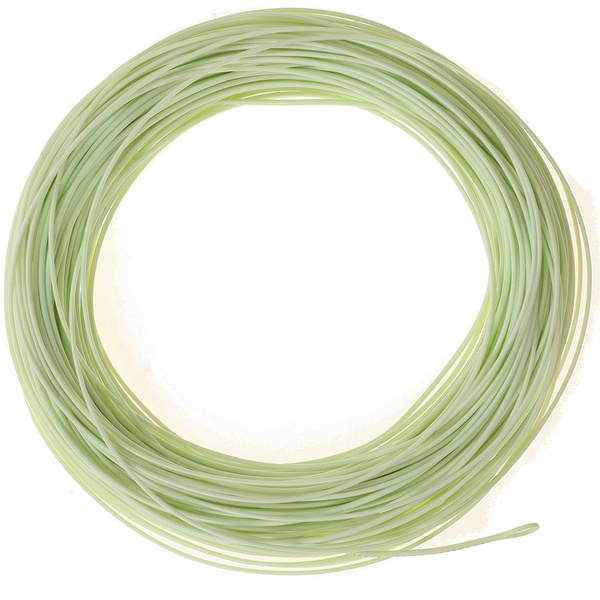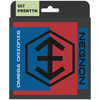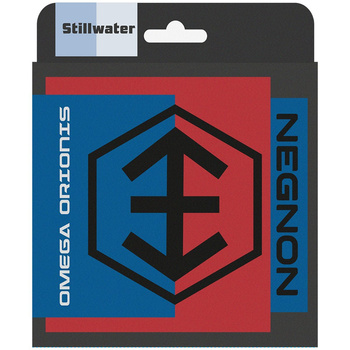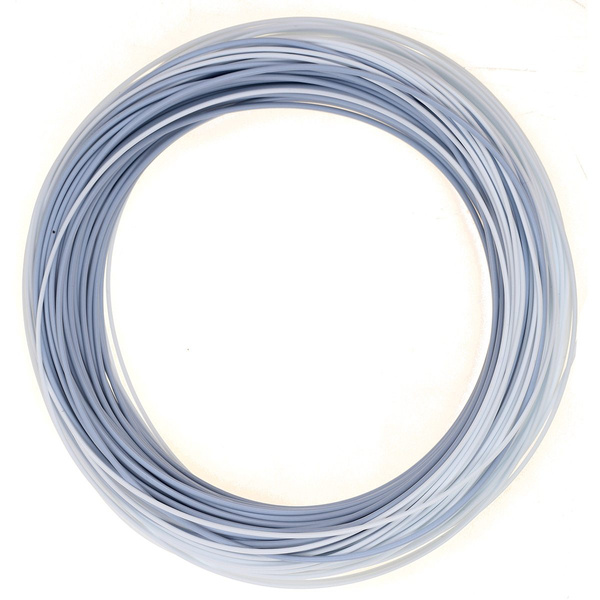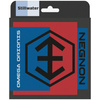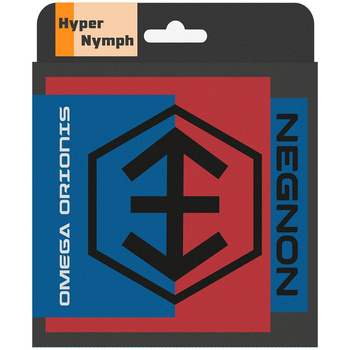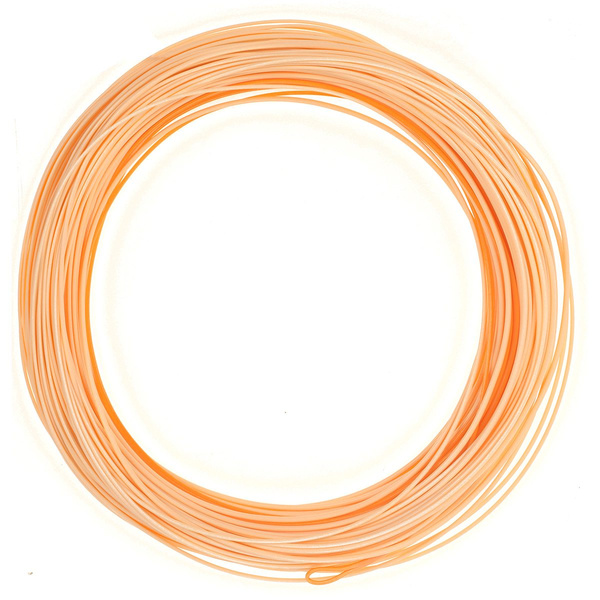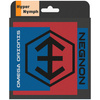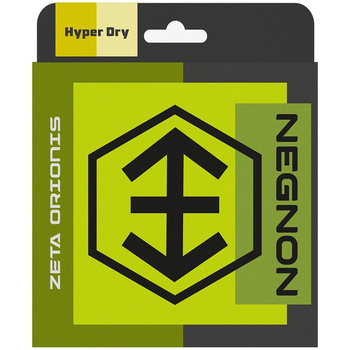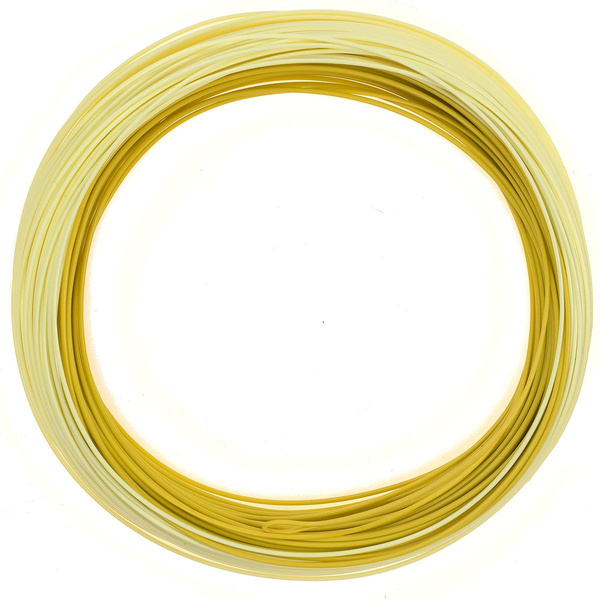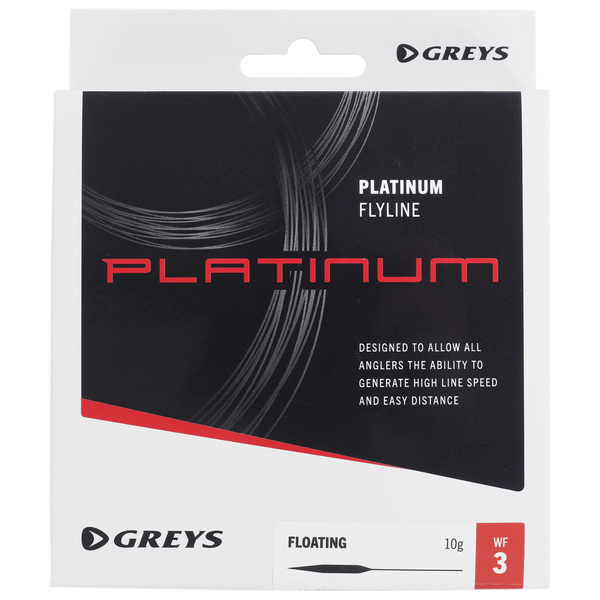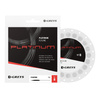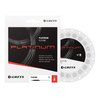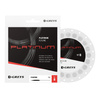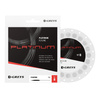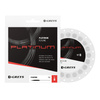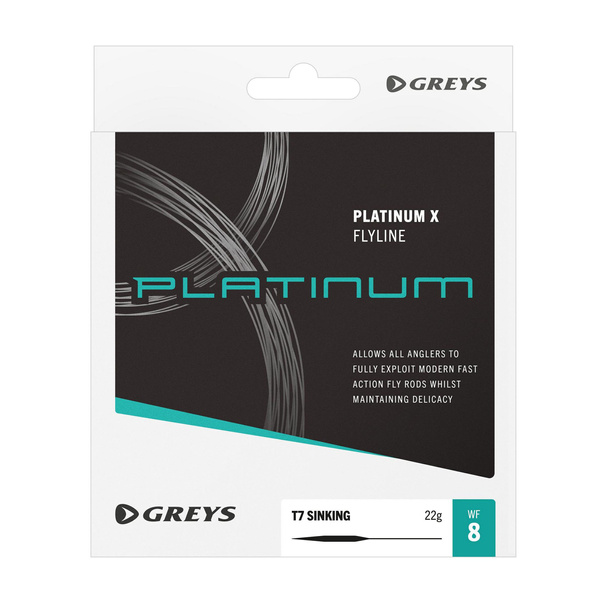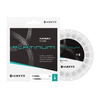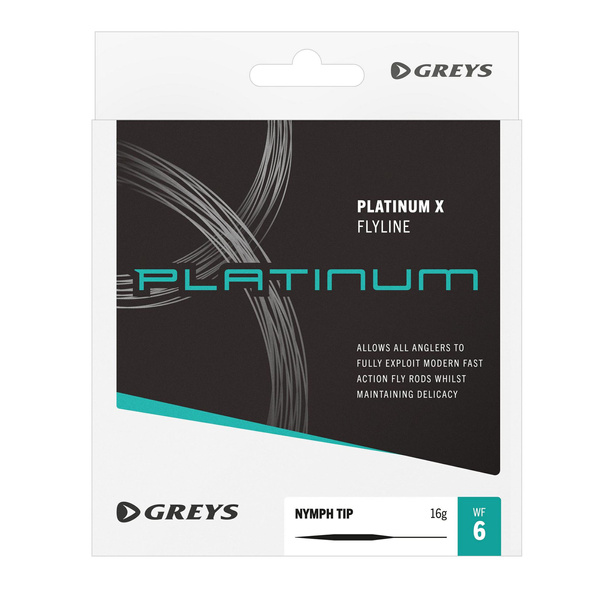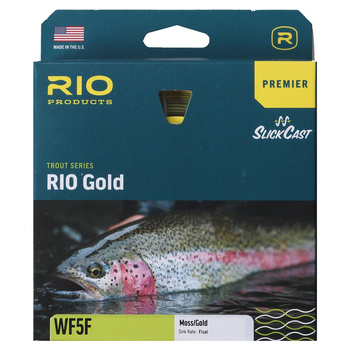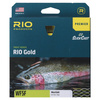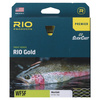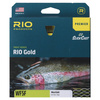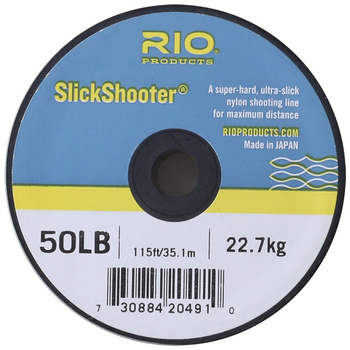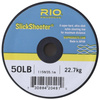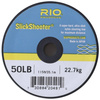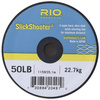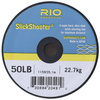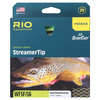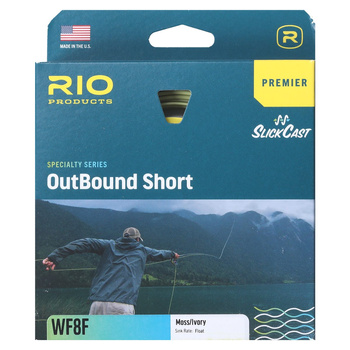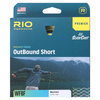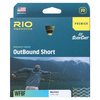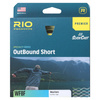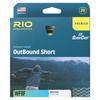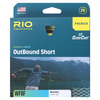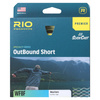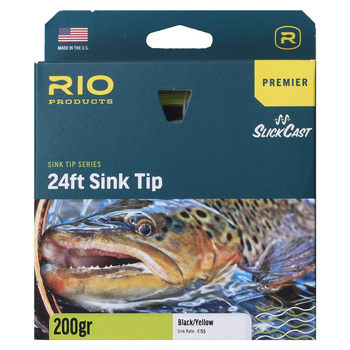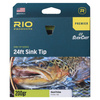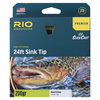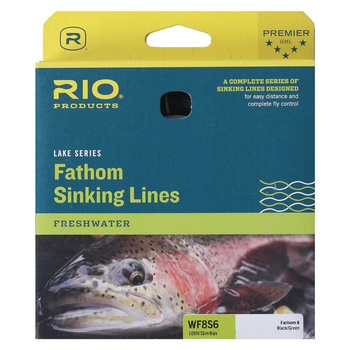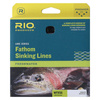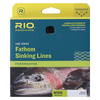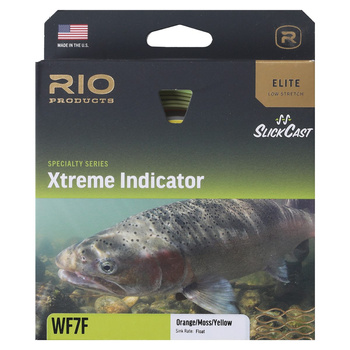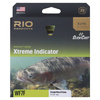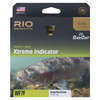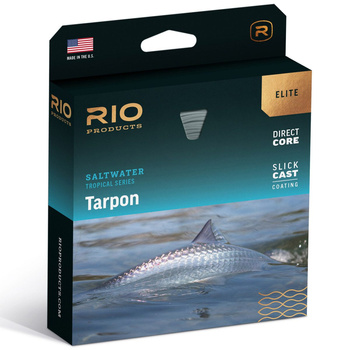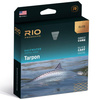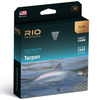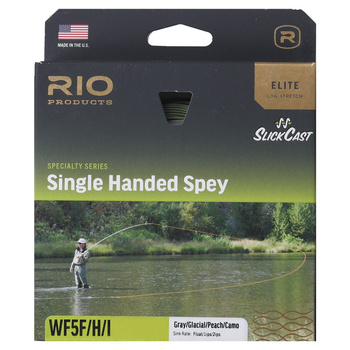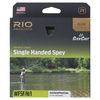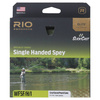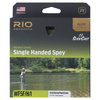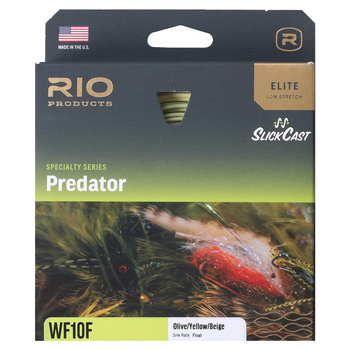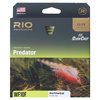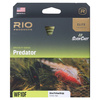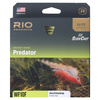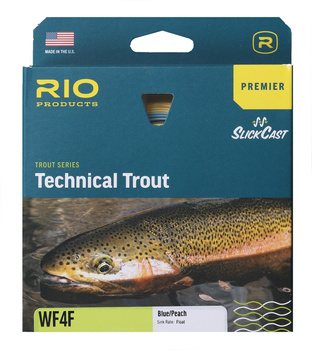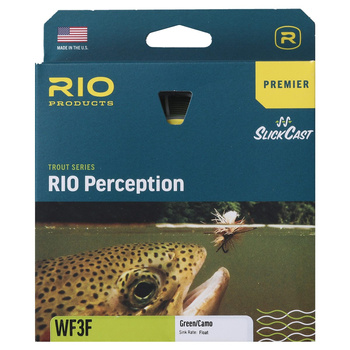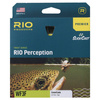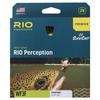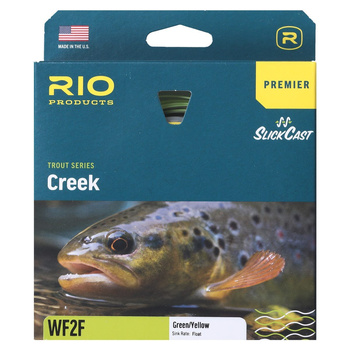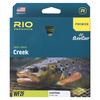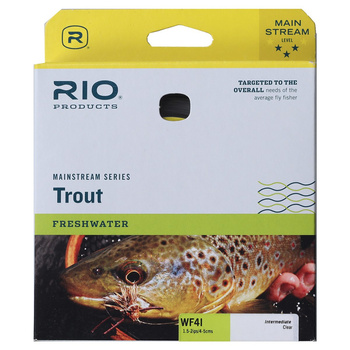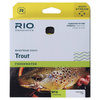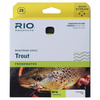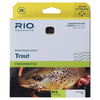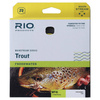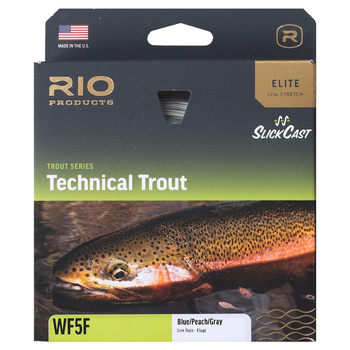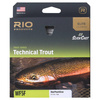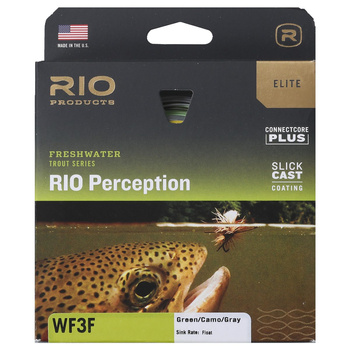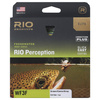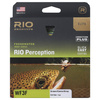Fly Lines
( number of products: 69 )Fly Lines – A Key Element of Fly Fishing
The fly line, also known as the fly fishing line, is one of the most important components of a fly fishing setup. A properly selected line ensures precise casting, control over the fly, and comfort during fishing. In our store, we offer a wide selection of fly lines suited to various fishing methods, water conditions, and individual angler preferences.
Why is Choosing the Right Fly Line So Important?
The fly line acts as a weight that allows the lightweight fly to be cast to the desired distance. Unlike other fishing methods, in fly fishing, it is the line, not the fly, that provides the weight needed for casting. Therefore, selecting the right fly line is crucial for the effectiveness and enjoyment of fishing.
Types of Fly Lines
There are various types of fly lines available on the market, which can be categorized based on several criteria:
Line Profile
- Weight Forward (WF): A line with a heavier front section, making it easier to cast longer distances and accurately deliver the fly.
- Double Taper (DT): A line with a symmetrical profile, ideal for delicate presentations and shorter casts.
- Shooting Head: A short, heavy head combined with a thin running line, designed for very long casts.
- Level Taper (LT): A line with an even diameter throughout its length. This type of line is used for running lines and for EURO Nymphing.
In the case of WF lines, the shape of the head is crucial. Depending on its design, the line will present the fly in different ways. Lines with most of the head’s weight shifted forward handle larger flies and strong winds better. On the other hand, lines with weight shifted toward the back offer better fly presentation, allowing for delicate fly placement.
Buoyancy Properties
- Floating Lines: Stay on the water's surface, ideal for dry fly fishing and some nymphing techniques.
- Sinking Lines: Sink to a specific depth, allowing for fishing deeper-dwelling fish.
- Intermediate Lines: Sink slowly, perfect for fishing in the surface zone.
- Sink-Tip Lines: Feature a sinking tip with a floating body, allowing the fly to be presented at a specific depth.
Line Class (AFTM)
The fly line should match the AFTM class of the rod to ensure optimal casting performance. Line classes usually range from 1 to 12, with lower classes designed for delicate setups and smaller fish, while higher classes are for larger flies and stronger fish.
Line Sinking Rate
Floating lines are marked with the letter F (Floating), sinking lines with the letter S (Sinking), and intermediate lines with the letter I (Intermediate). Lines marked with I typically sink at a rate of no more than 1 ips (inch per second), which is approximately 2.54 cm/s. The sinking rate of sinking lines is marked with Roman numerals, where the number indicates the average sinking speed. For example, a line in class IV will sink at a rate of 4 ips.
In practice, for fishing in shallow waters, lines in class I–II work best. For medium-depth waters, classes III–IV are suitable. Lines in class V and higher are ideal for streamer fishing in fast currents or deep-water fishing in still waters.
How to Choose the Right Fly Line?
When choosing a fly line, consider a few key factors:
- Fishing Method: Choose a line suited to your preferred method, e.g., a floating line for dry fly fishing or a sinking line for streamer fishing.
- Water Conditions: On large rivers and lakes, lines that enable longer casts are useful, while on small streams, lines designed for shorter, more precise casts are better suited.
- Skill Level: For beginner anglers, lines that make learning to cast easier, such as WF lines with a standard head, are recommended.
- Material and Coating: High-quality lines have coatings that enhance slickness and resistance to wear, improving casting performance and extending the line’s lifespan.
Fly Lines for Different Fishing Methods
- Dry Fly: Floating lines with a DT or WF profile, allowing delicate fly presentation on the water's surface.
- Nymph: Floating or intermediate lines, allowing precise control over the fly at different water levels. For EURO Nymphing, Level (LT) lines or specialized lines dedicated to this technique are often used.
- Streamer: Sinking lines or Sink-Tip lines, allowing the fly to be fished at deeper levels.
We Invite You to Explore Our Offer
In our store, you'll find a wide selection of fly lines, also known as fly fishing lines. We offer lines for beginners and advanced anglers, suited to various fishing methods and water conditions. If you have questions about choosing the right line, we are happy to provide expert advice.
Summary
Choosing the right fly line is crucial for the effectiveness and enjoyment of fly fishing. Pay attention to the line’s profile, buoyancy, class, and material to perfectly match it to your needs. We invite you to take advantage of our offer and wish you successful fishing!
- 1
- 2






